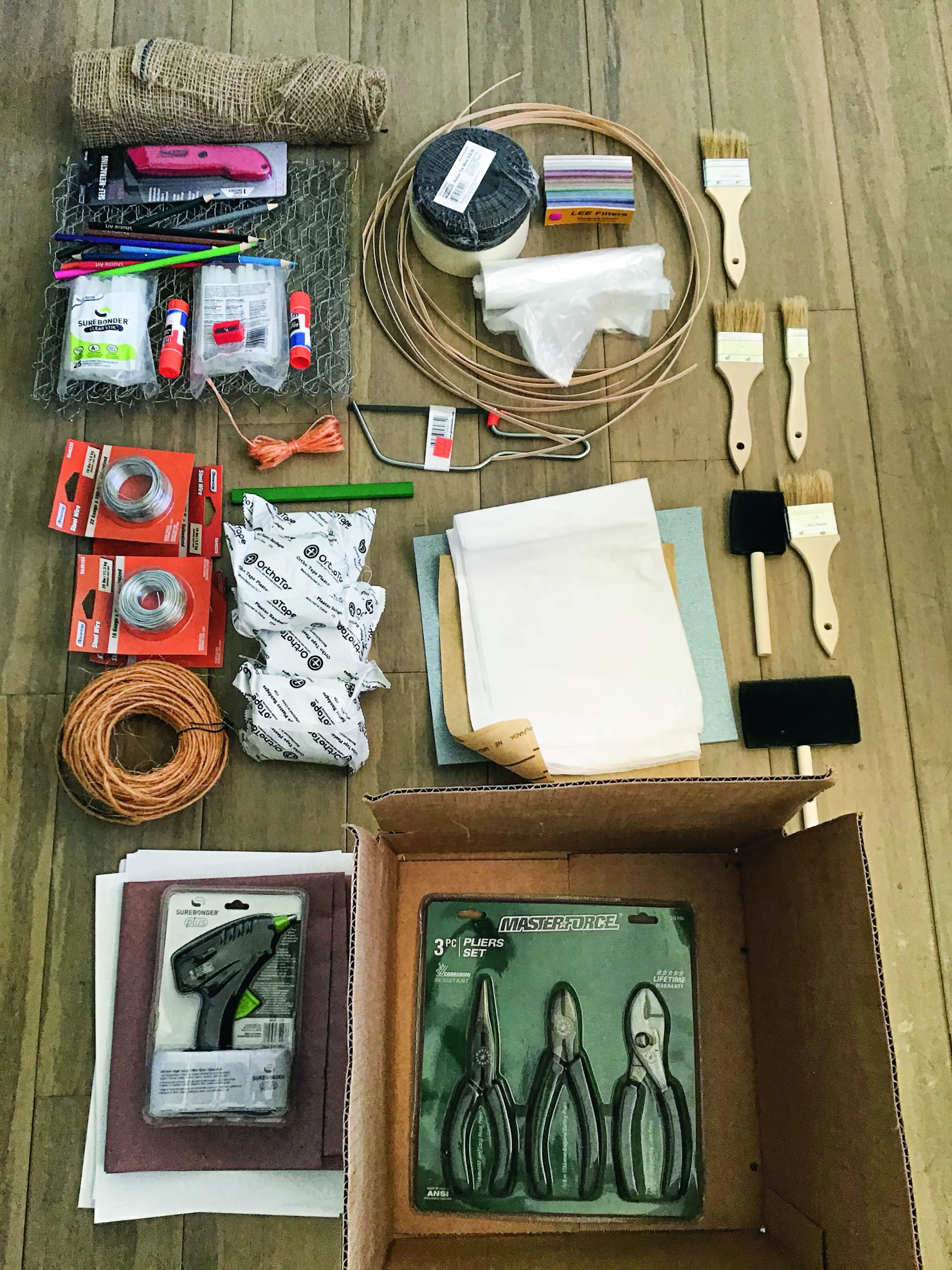
Instruction in the visual arts this spring went virtual—with a twist.
“Care packages,” assembled by professors and mailed from campus just before the term began, ensured that those enrolled in studio arts classes would have many of the materials needed to complete their assignments, including clay, wire, pigments, string, glue sticks, and a handful of small tools.
The materials helped students practice sculpture, ceramics, and drawing—disciplines that usually require them to report to a studio in Boliou or the Weitz Center. With all classes moved online due to COVID-19, however, faculty members moved quickly to refashion their classes for virtual instruction.
As part of her course on the history of ceramics, for example, art professor Kelly Connole taught her students about ancient fertility dolls and asked them to work a portion of clay into small talismans. As instructed, they made dolls, birds, toys, whistles, and other palm-sized objects.
Connole says she was initially surprised how many of the objects involved the concept of touch: “Ceramics usually involves your hands, but the power of touch comes sharply into focus at a time like this, when human touch is taboo.”
Stephen Mohring, who teaches sculpture, encouraged his students to create pieces related to social isolation, which proved to be a common denominator that gave the class immediate cohesion. “Because we’re all having a similar experience, it’s not a long reach to understand each other,” says Mohring, who explains that in order to evaluate a classmate’s work, students often have to take the time to appreciate a completely different set of experiences. This time around, though, they “didn’t have to get their head around the situation first. [They could] get right to ‘I’m hearing you and that’s a great way of expressing it.’ ”
In the past, many of Mohring’s students have asked how they could ever practice art outside the studio spaces on campus. “If nothing else,” he says, “this experience has helped students realize they could do art on their own, at home, in an apartment, anywhere—without the apparatus of academy.”
